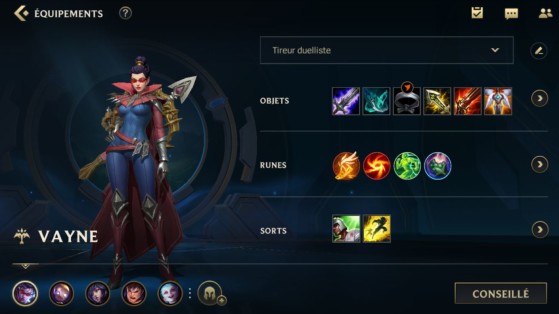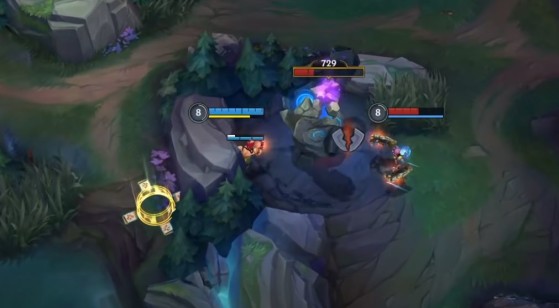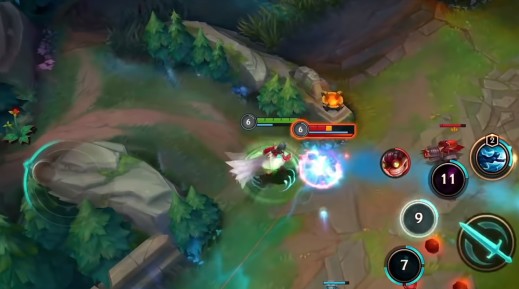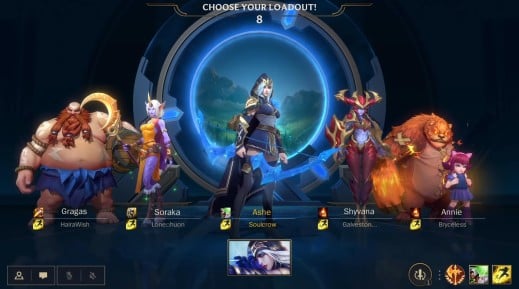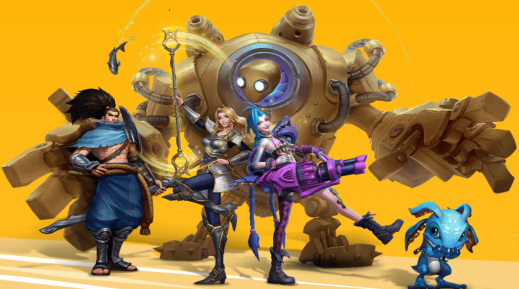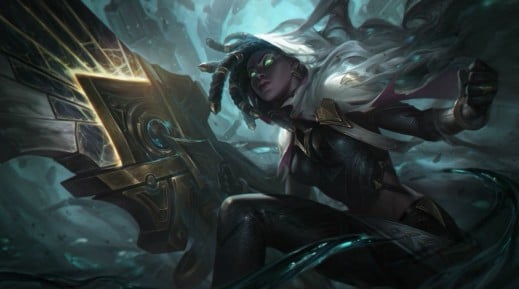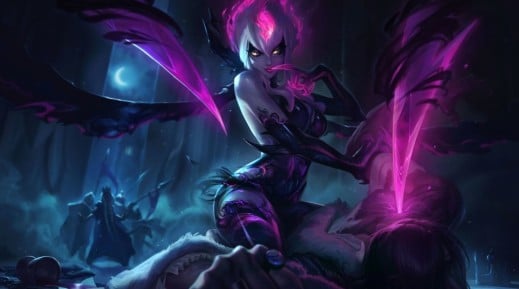With a European release slated for the 10th of December, Wild Rift is set to be a polarising release, and not just for long-term veterans of Summoner’s Rift.
By bringing League of Legends, their iconic product, to mobile, Riot Games has taken on what has proven to be an immense challenge, that being the task of retaining their famous MOBA’s competitive spirit during the transition to a new platform. We’ve been able to spend a few hours playing several games of Wild Rift – each with varying degrees of competitiveness. Will Wild Rift end up as a flash in the pan, or will it prove to be a lucrative mobile port of one of the most played Esports titles in the world? This preview contains our first thoughts on this question; read on to find out more.
- Genre: MOBA, strategy
- Release date: 10th December 2020 (Open Beta)
- Platform: Android, iOS
- Developer and Publisher: Riot Games
- Free with Optional Microtransactions
Welcome to the Rift
It’s almost undeniable that a long-standing League of Legends player will look at Wild Rift in a completely different light to a complete newcomer looking to dip their toe in their first MOBA. The good news is that Riot Games seems to have understood just how significant the difference is between these two groups of players and has made serious efforts to make this release appeal to both sides of the spectrum, as impossible as that sounds.
By using League of Legends as a base, you can start to take the first steps to analyse Wild Rift. With an infamously toxic community, complex mechanics, and a near-encyclopaedic knowledge of its champions required, League of Legends can seem uninviting at the best of times and an unscalable mountain at the worst.
However, this isn’t the case for Wild Rift. Riot Games has taken the time to introduce newcomers to certain tactics, such as hit and run for example, without taking anything away from the dense layer of tactics at the heart of League of Legends.
Your first experience with Wild Rift will be complemented with a range of finely-crafted tutorials, designed to teach you things about the game that might even prove extremely useful for some veterans of the rift, all without coming across too overwhelming or expansive. The interface is very intuitive and ergonomic, even if the game’s deep strategy sometimes forces us to peer at tiny icons and even smaller tooltips (we’re not all lucky enough to have tablets, mind).
Faker on the go
Just how well LoL’s mechanics – some of which just are as stylish as they are extravagant – might translate to a platform designed for just your thumbs lies at the very heart of the questions surrounding Wild Rift. Playing a League of Legends port that fails to deliver on that front would be like eating a cake without icing: not bad, but a stark reminder of what could have been.
Wild Rift addresses this question fantastically, as in the space of several games, we were able to get so used to the controls that during our preview session with the game, we were able to flash some strong mechanics, pulling off moves that wouldn’t look out of place in a high ELO game on PC. During my time with the game, I was able to do an InSec Kick with Lee Sin, as well as a flash grab with Blitzcrank. Riot have wisely put a lot of thought into how playable each champion might prove beforehand, meaning that some mechanically-intensive champions have even made the transition to mobile.
League of Blitz
Wild Rift offers players a smaller MOBA arena than its PC counterpart. In a similar vein, levelling up has been sped up, which means that matches are not only a lot faster in Wild Rift than in League, but are also much more hectic. Navigating through the jungle to surprise another player is so easy that even the tiniest pretext becomes a reason to go ganking. Say goodbye to endless phases of CSing, 55 minute games, and scaling comps that are content to sit under their towers. Wild Rift, like its name indicates, is a brutal take on the MOBA genre. First and foremost, Wild Rift is all about fighting, meaning that it’s not uncommon to see a nexus fall at 10 minutes on the dot.
Portable Visuals
While its detractors may expect Wild Rift to be yet another pixelated mobile game with ugly graphics and dodgy hitboxes, that could not be further from the truth. For a mobile game, Wild Rift is gorgeous and feels incredibly smooth. You won’t be needing a state-of-the-art smartphone to get the best out of this game. Summoner’s Rift itself is almost on the same level as its PC counterpart, and the same can be said of how the game treats the animations for each champion’s abilities.
The only thing that feels graphically sub-par are the mini cutscenes that play when you select your champion, but even that is quickly overshadowed by how unique and humorous they feel, even on a smaller screen.
What About Challenger?
We haven’t been able to explore the game’s progression system yet, but Wild Rift already seems to have something going for it when it comes to competition. In the weeks following its launch, players are bound to be keeping a close eye on its newly-developing meta. Even though the game borrows its very essence from League of Legends, it’s undeniably its own entity, with its own playstyle and its own map. Some pre-existing synergies between champions are currently available in the mobile port, but we’ll have to wait and see what sort of new compositions develop after some deep theory crafting in the community.
Other than its classic queue system, Wild Rift also lets players play in a team alongside their friends with integrated voice chat. If one thing was clear from our time with the game, it’s that Wild Rift will be an absolute joy to play competitively. And being able to feel the excitement from combat and the feeling of camaraderie after a successful team fight – something that feels even more rewarding for new players – from a game on our smartphones, well that’s something we’ve been waiting on for a long time.
Credits: Riot Games

